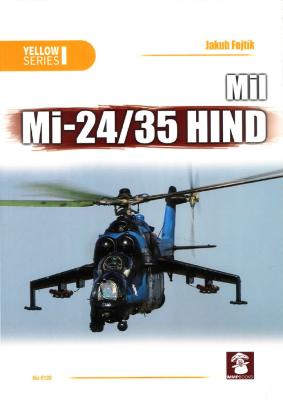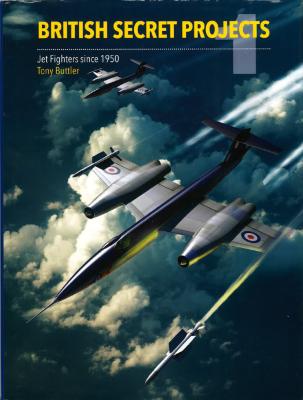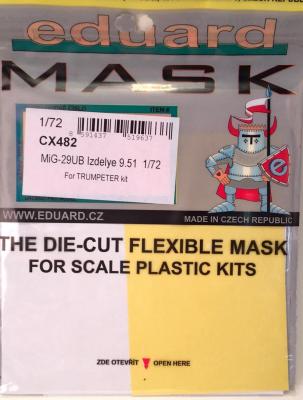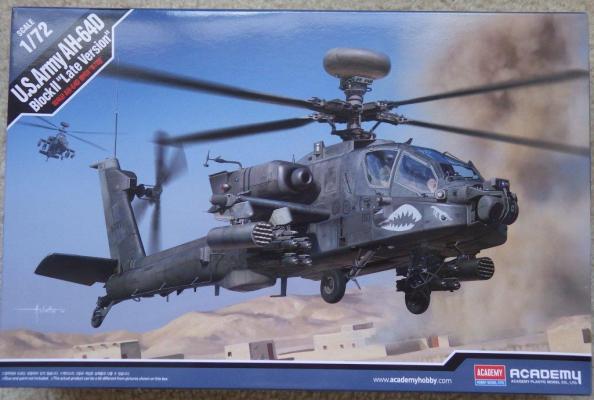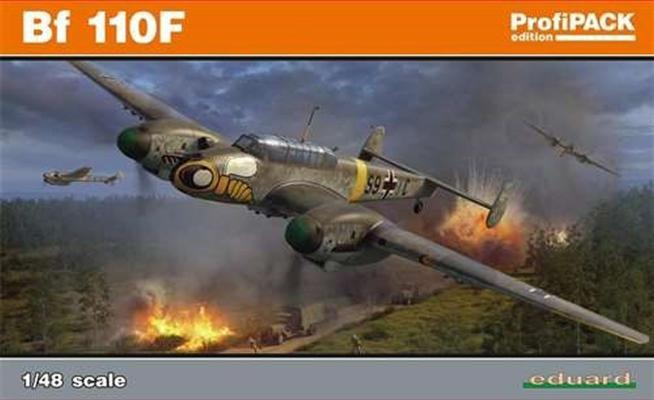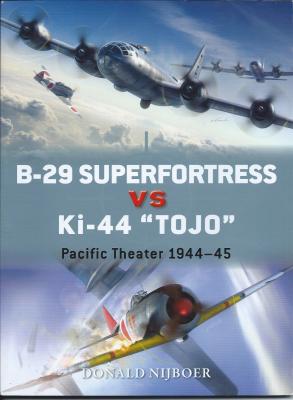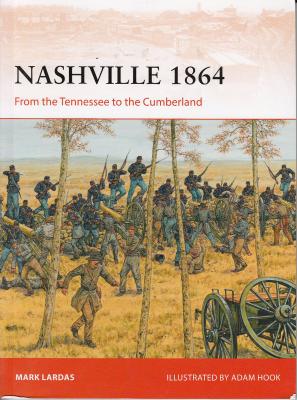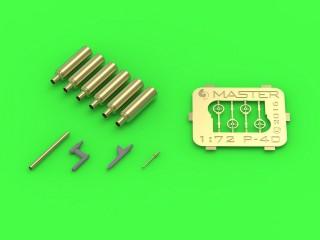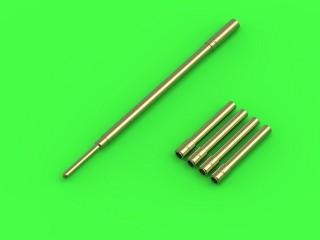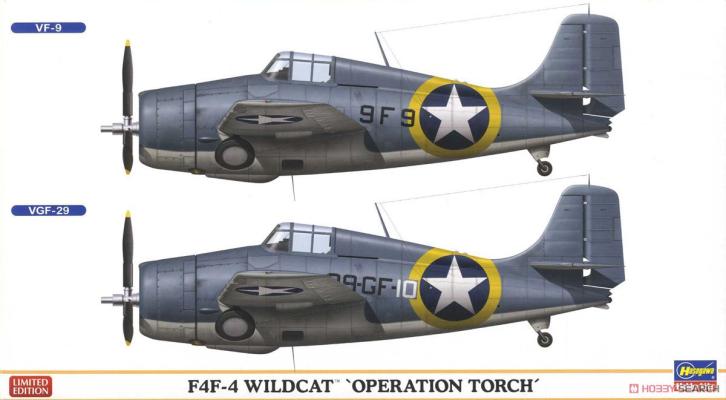Jakub Fojtik attended the Police Academy of the Czech Republic in Prague, achieving his Bachelor degree in Management of Security Forces, Security, and Law Studies. He followed up with a Master Degree in Management of Security Forces and a Master of Laws (LLM) in International Business Law. To top it off he achieved a Doctorate (JUDr.) in Security studies at the Academy of the Slovak Police in Bratislava and a Ph.D. in Management of Security Forces from the Police Academy of the Czech Republic in Prague. Jakub Fojtik is currently a University Lecturer at the Police Academy of the Czech Republic, the Vice President of Military Sales for Aero Vodochody Aerospace a.s. (Aero L-39, L-159, etc.) and an independent aviation journalist who is regularly published in aviation related journals and aviation magazines, including Air Forces Monthly, Defence Helicopter, Fly Past, Flying Revue, Hobby Historie, Letectvi a Kosmonautika, 4 Rotors, and many others.
What's New
Tony Buttler was born in 1956 and joined High Duty Alloys in Redditch in 1974 as a metallurgist. For nearly 20 years he was closely involved in the testing of aluminum and titanium airframe and engine components for many of the world’s most important airplanes. It was during this timeframe that his interest in military aircraft grew into a passion. Since 1995, Tony has been a freelance aviation historian, with this book being his twenty-sixth major release. He has also written many titles for the Warpaint series of monographs as well as many articles for most of the popular historical aviation magazines.
This set is designed for Trumpeter’s new MiG-29 Model 9.51 Fulcrum B trainer and provides masks for the main canopy, the windscreen, and the wheels/hubs. I started with the wheels, and as I prefer to paint the hubs first and then the tires, I did the opposite of what is shown on the instructions. I painted the hubs using an old tin of Xtracolor Russian hub green, then I peeled off the center disks from the masking set and used them to cover the hubs while I sprayed NATO Black on the tires. Eduard instructs you to spray the tires first and then use the masks and masking fluid to cover the tires while you paint the hubs. I like to avoid masking fluid on acrylic paints, so I just reverse the order of painting.
The AH-64 Apache helicopter has served the U.S. Army since 1986 as its primary attach helicopter. During it’s time in service, the Apache has gone through a series of upgrades, and improvements to increase its combat effectiveness, as well as survivability. The Block II aircraft integrates the advanced radar targeting system, Longbow, allowing the helicopter to engage multiple targets while remaining behind cover. The APG-78 Longbow radar system is the large dome radar located above the aircraft’s rotors. In addition to this improvement, the latest version of the Block II upgrades includes new exhaust ducts, which direct the engine exhausts vertically to improve protection from infra-red targeting.
Eduard has released the latest in their great line of 1/48 scale Bf-110 kits. The Bf-110F night and heavy fighter. It follows in a long line of Bf-110 kits and is a welcome addition to the lineup.
Construction
Construction is broken down into two major subsections, one for the fuselage and one for the wings and rudders. The fuselage comes first, starting with the cockpit. Eduard’s directions shine in that they show what parts are replaced or enhanced by the Photo Etch and what needs to be done to the part prior to PE application.
This book details combat between the Boeing B-29 Superfortress and the Nakjima Ki-44 “Tojo” in the war against Japan. The B-29s rained destruction down upon Japan daily and the Japanese were desperate to combat the large number of bombers the Americans sent at the home islands. One of Japan’s most formidable weapons was the Ki-44, Japan’s most heavily armed single seat fighter.
The book is broken down into 11 sections. The introduction discusses in brief the lead up to both designs and provides a chronology from inception until the end of the war.
Next the design and development of both types are covered. The B-29 is covered first then the Ki-44.
This Osprey book covers one of the most ignored campaigns of the later stages of the Civil War. Mark Lardas does a very good job of covering the leadership, the units and the strategies of this campaign.
The book is divided into the following sections/chapters
Master-Model produces precision brass/resin parts that will elevate your model when used as directed This time Master-Model has produced a detail set for the 1/72 P-40 E thru N models that includes brass gun barrels, external backup gun sights and pitot tube. The packaging is very good to separate and contain the tiny parts provided. The package contains a tightly folded instruction sheet on one side, on the other is a plastic bag with the parts. Each type of parts are sealed separated from the others to keep any lost to a minimum. The only fault one might find is that the dimensions for drilling the holes are in the metric system and not the English system that we use, but one can convert these to the English system without too much of a bother.
Master Model is a Polish company that makes aftermarket brass gun and cannon barrels, pitot tubes and other replacement parts for scale model aircraft, ships and armor. The finesse and detail of these parts are nothing short of spectacular.
For this review, I have used Eduard’s 1/48 Hawker Tempest that was issued several years ago. It is the perfect candidate for these parts as no cannon barrels are included, just holes in the wing leading edge. The pitot tube will be used on my Hobby Craft kit of a later model Royal Australian Navy Sea Fury (or the forth coming Airfix version). The Eduard Tempest is a late WWII aircraft that makes use of the under wing “L” shaped pitot.
The parts come nicely packed in a small zip-lock bag with a cardboard label stapled over the top. The parts are then packed in their own smaller bag backed in front of another piece of cardboard that helps protect the items further. An instruction sheet is located within the rear of the package.
Operation Torch (initially called Operation Gymnast) was the British-United States invasion of French North Africa during the North African Campaign of the Second World War which started on 8 November 1942. The successful Allied operation has been described as a "critical turning point in the war" and laid the foundations for America’s post-war Middle East policy. Despite its important role in the war, Torch has been largely overlooked.
The Soviet Union had pressed the US and British to start operations in Europe and open a second front to reduce the pressure of German forces on the Soviet troops. While US commanders favored Operation Sledgehammer, landing in Occupied Europe as soon as possible, British commanders believed that such a course was likely to end in disaster.

